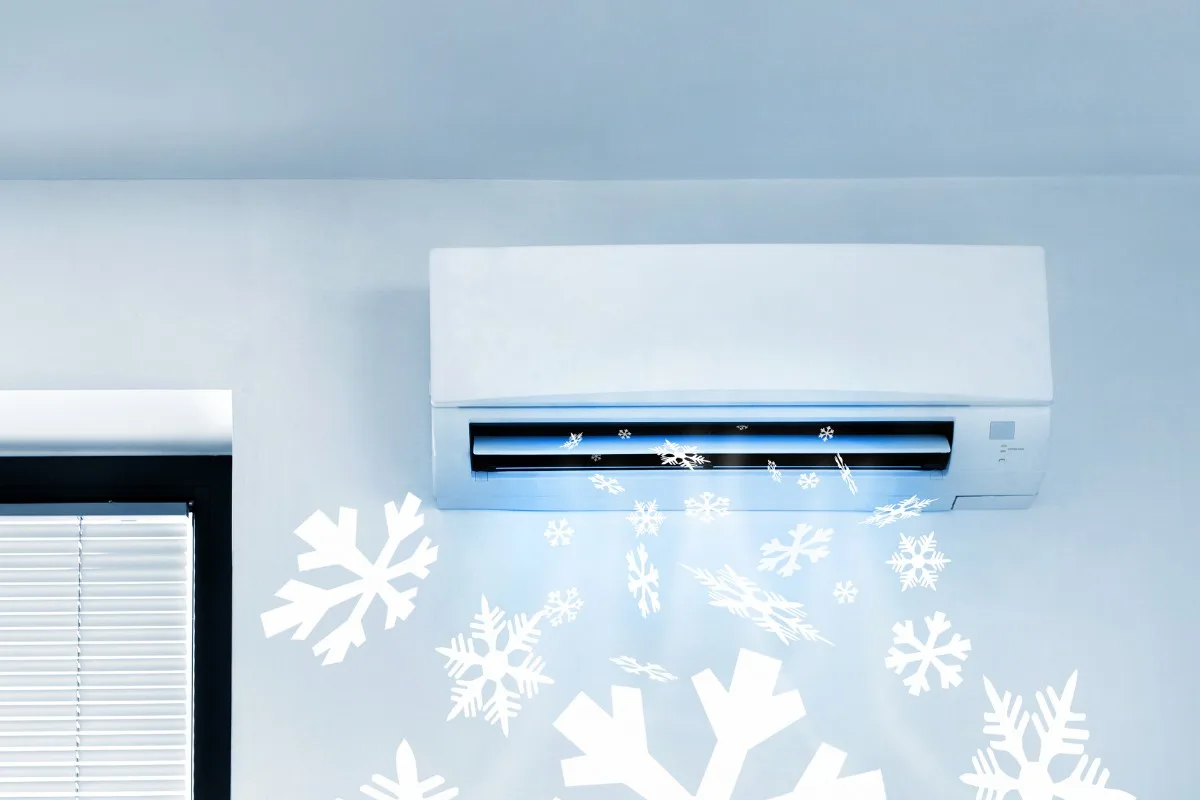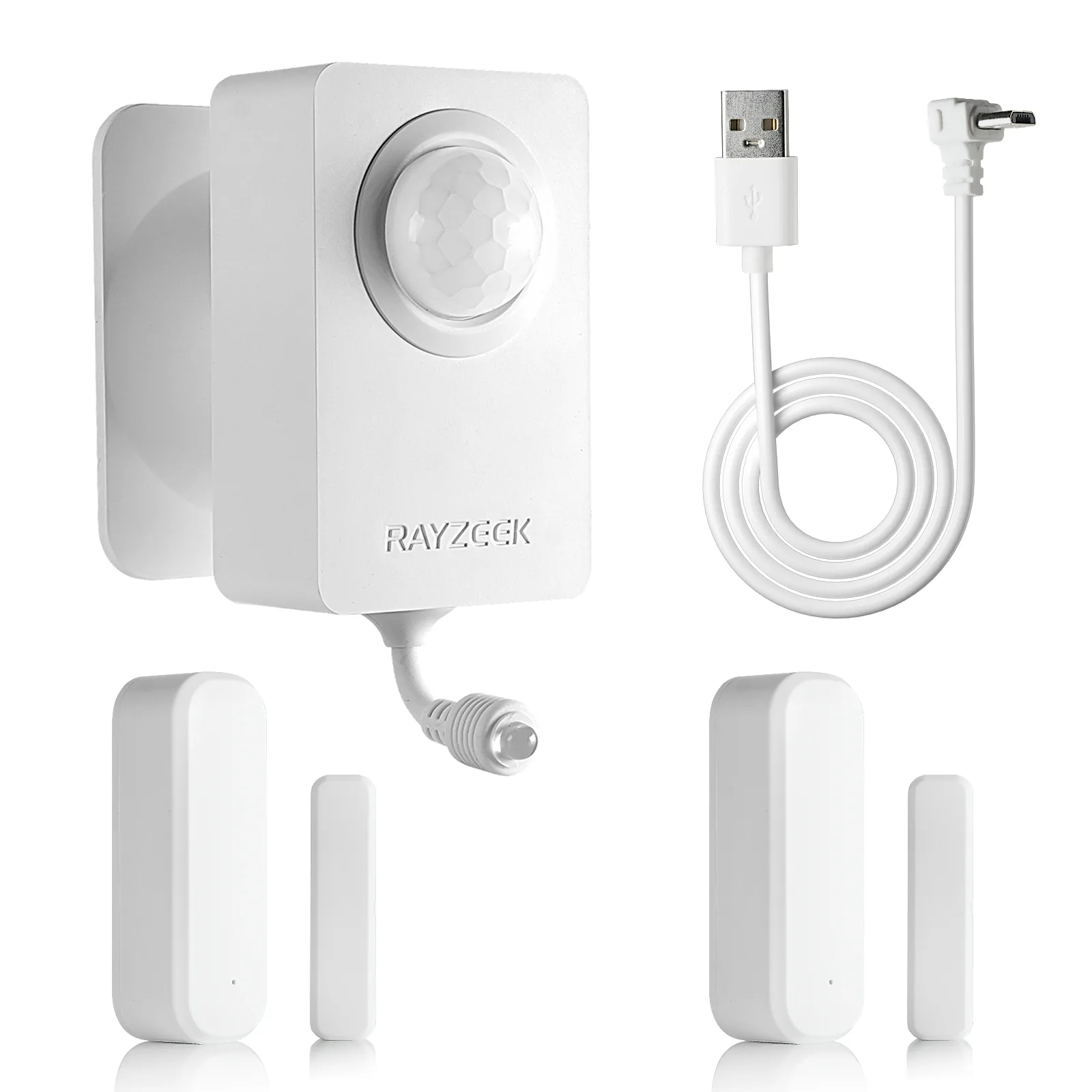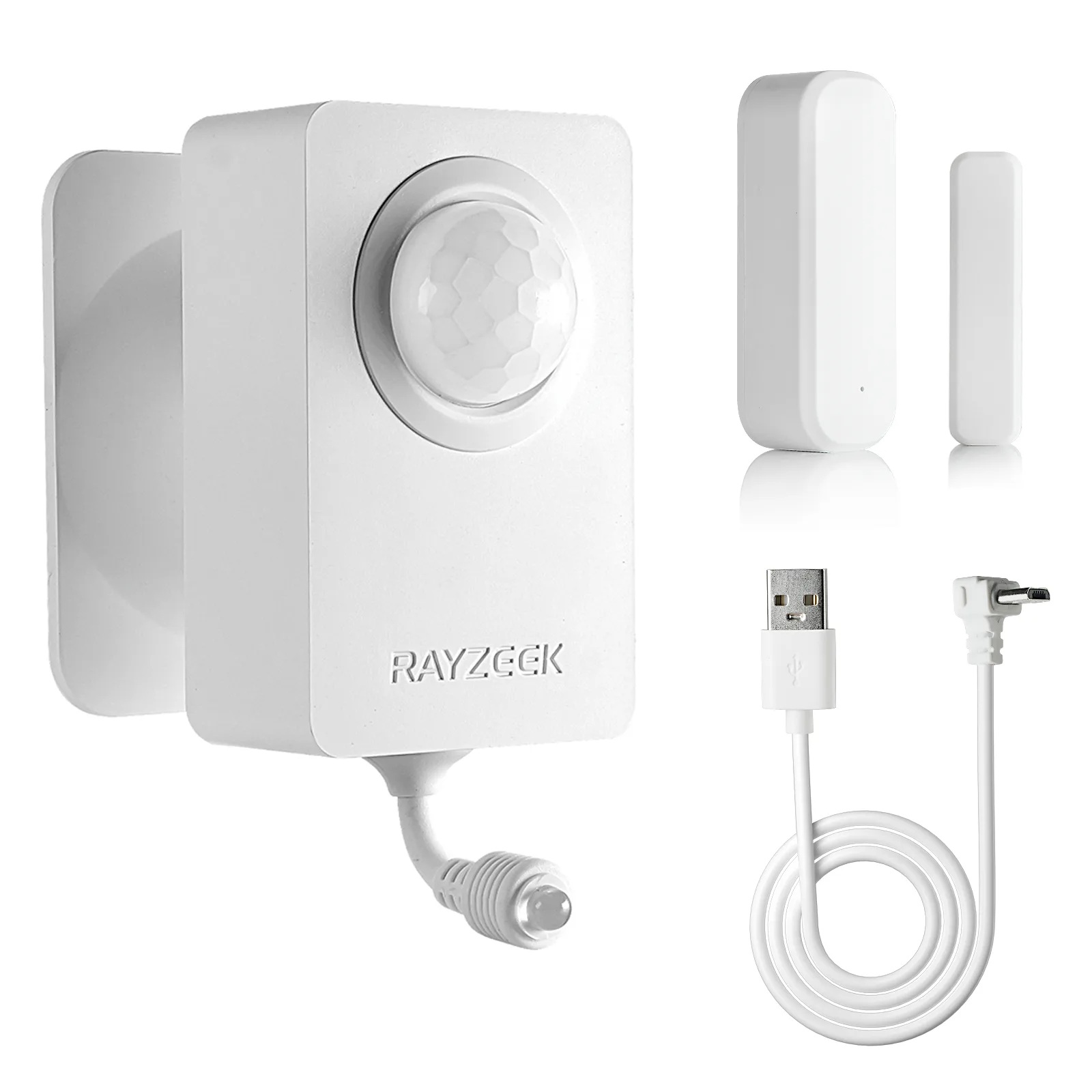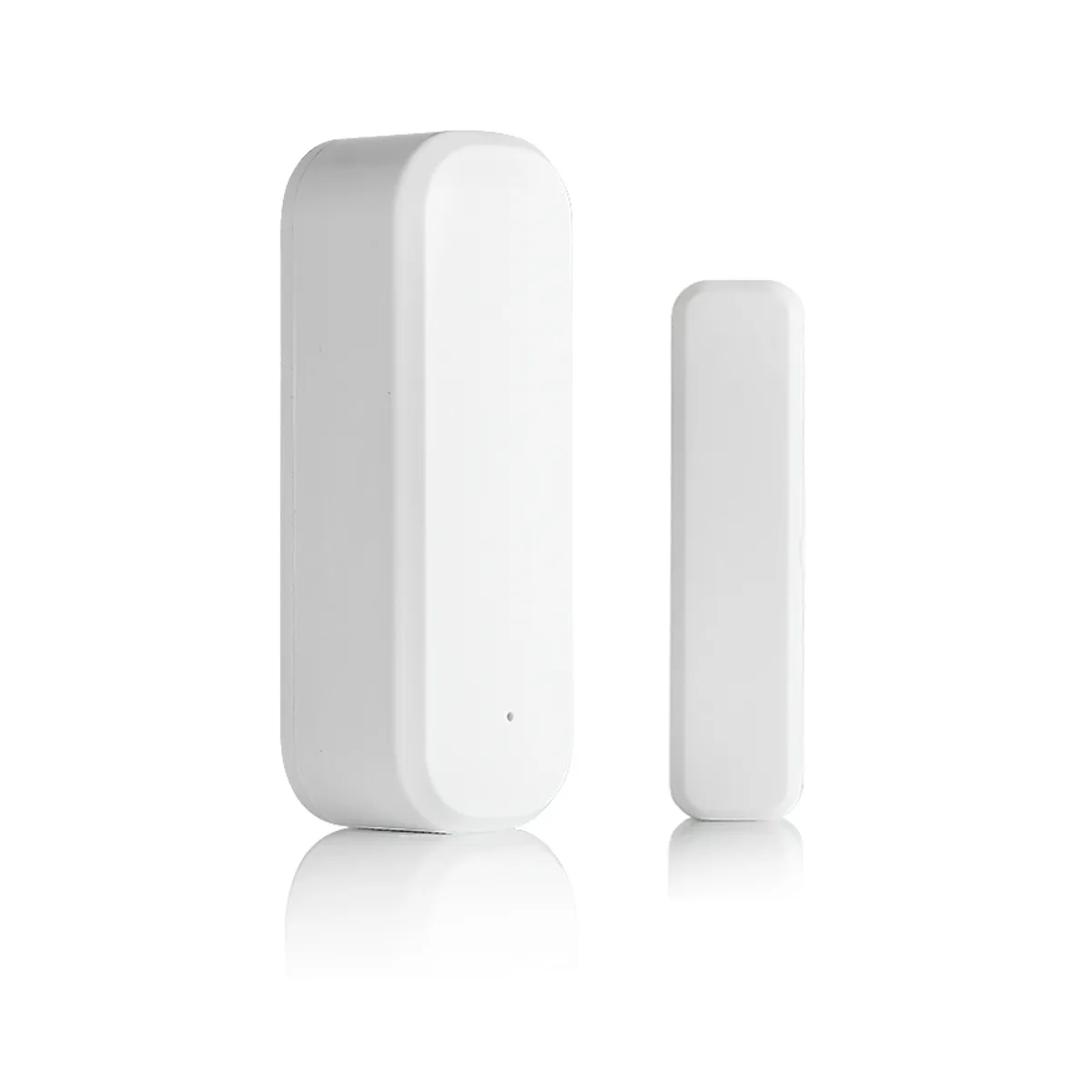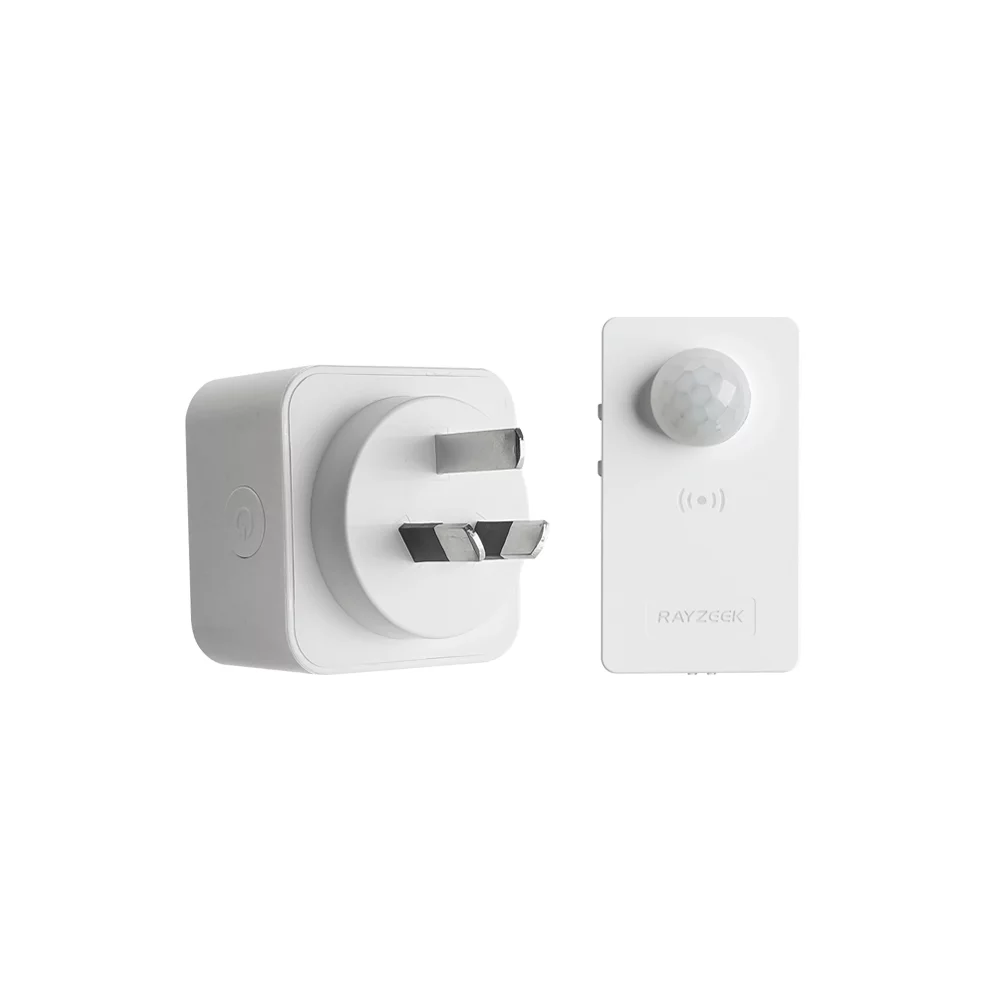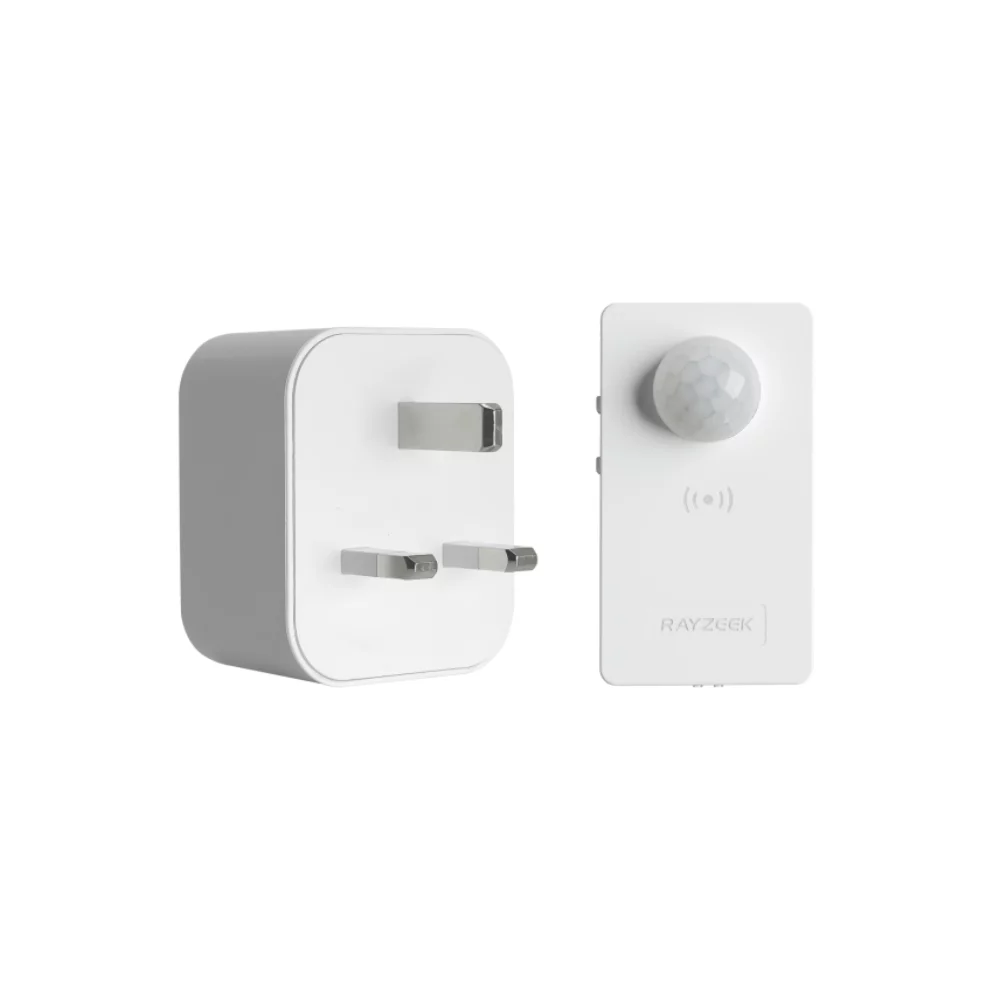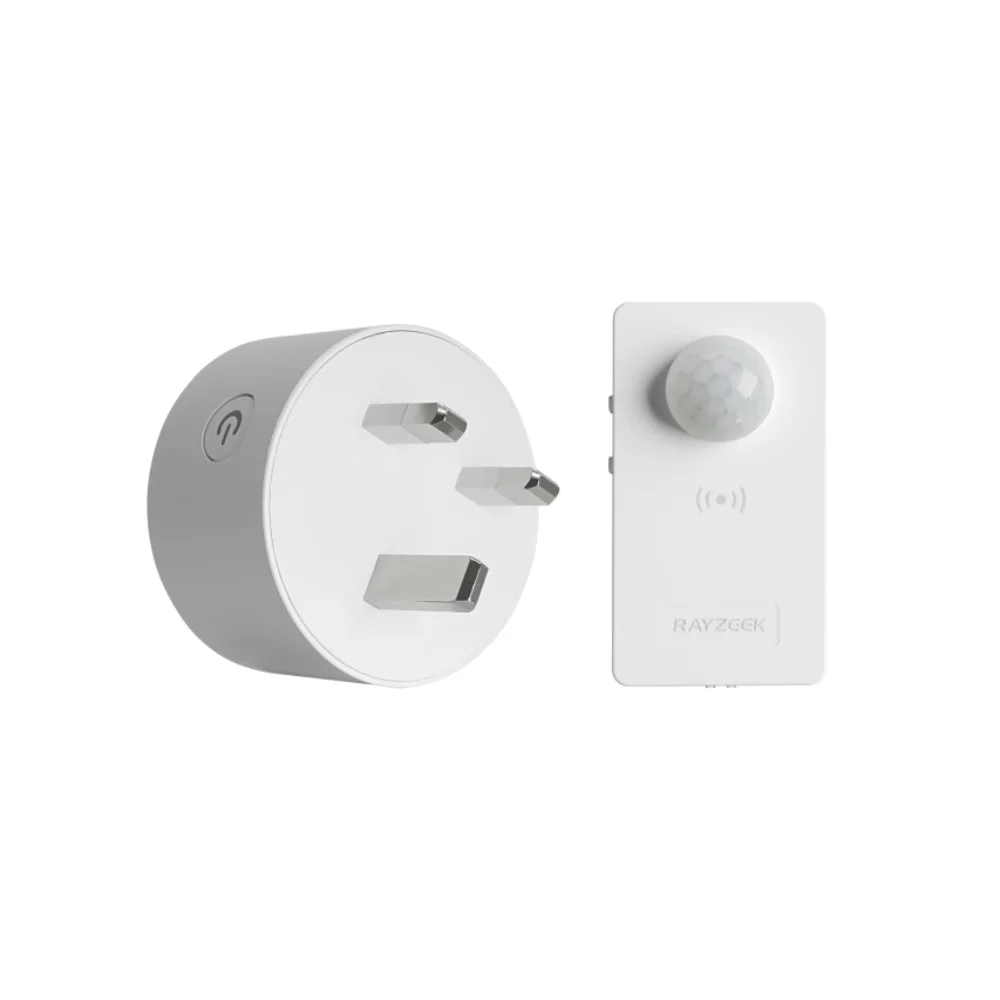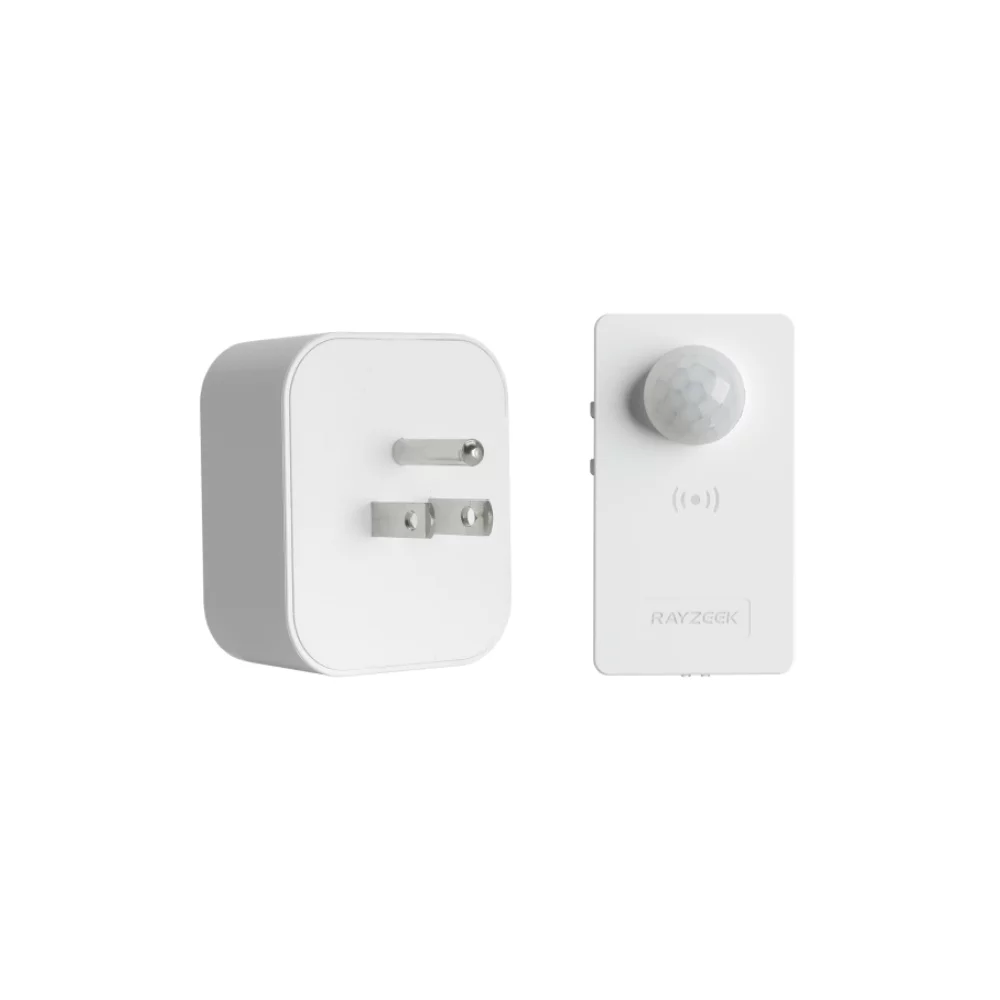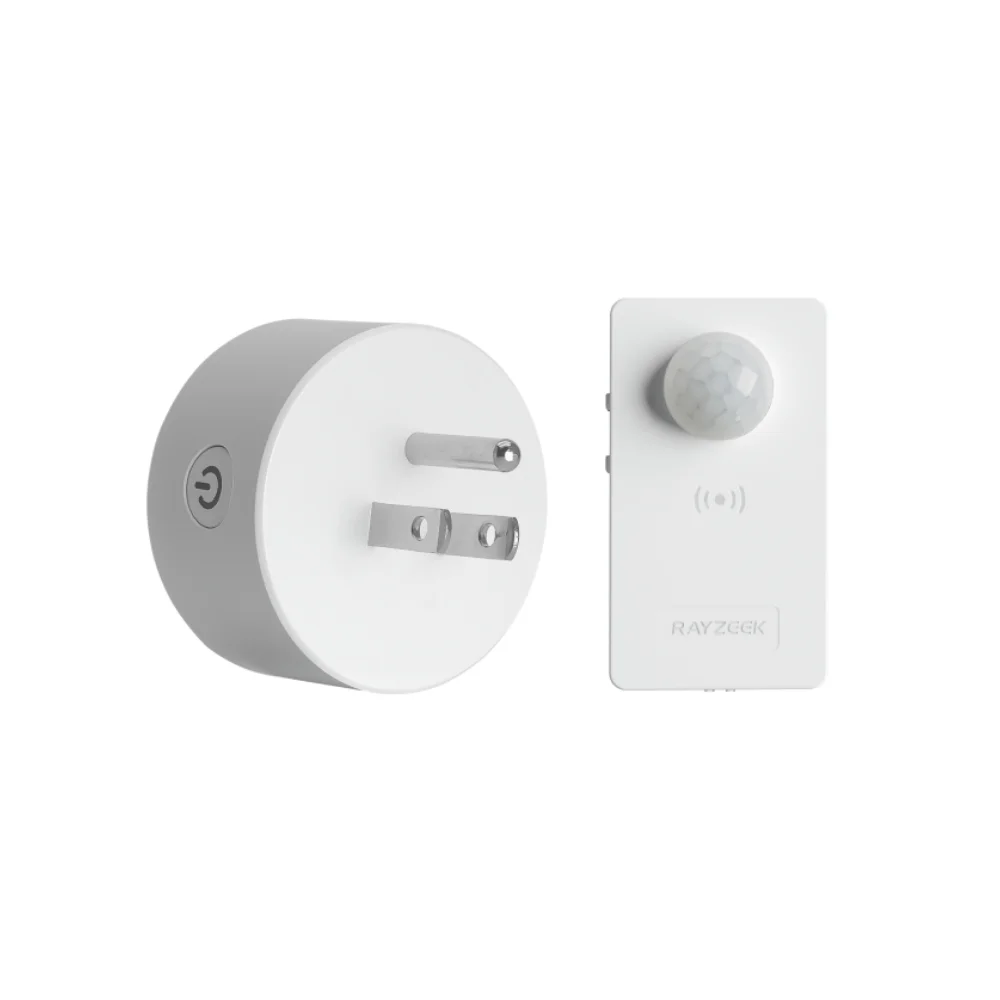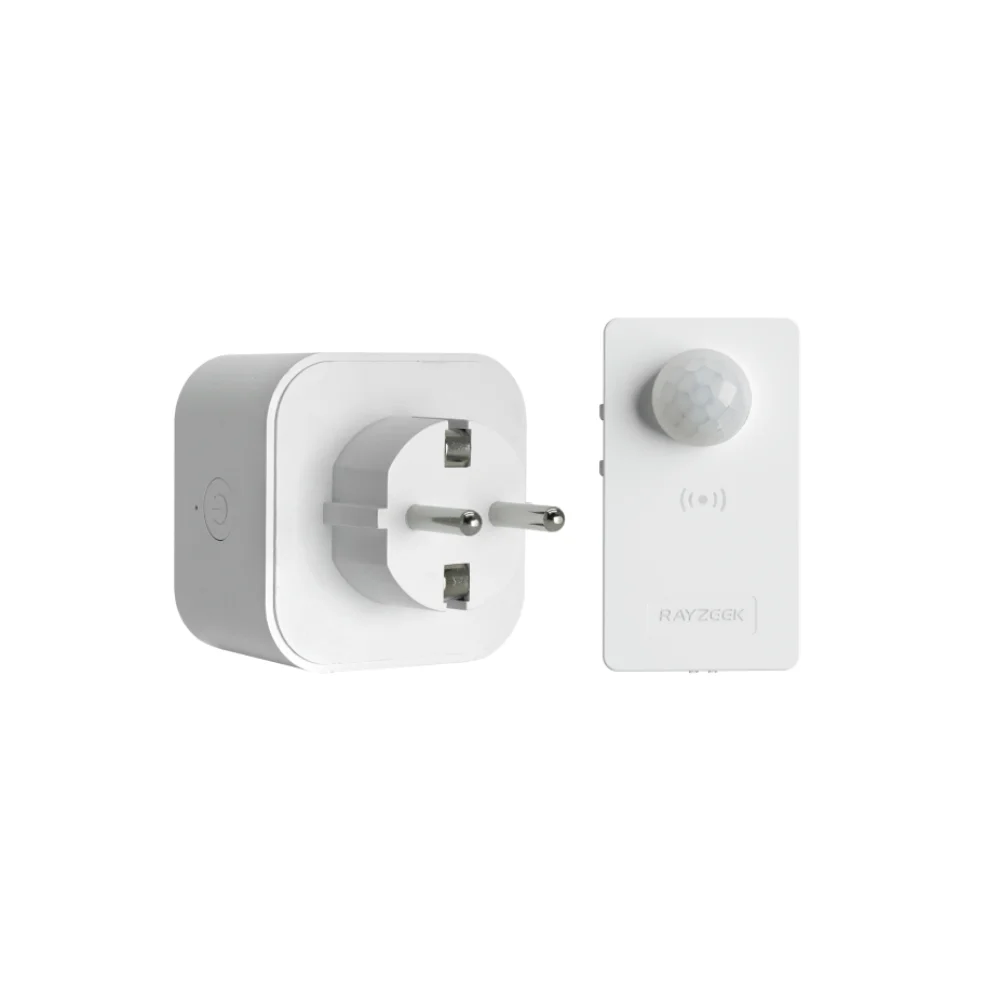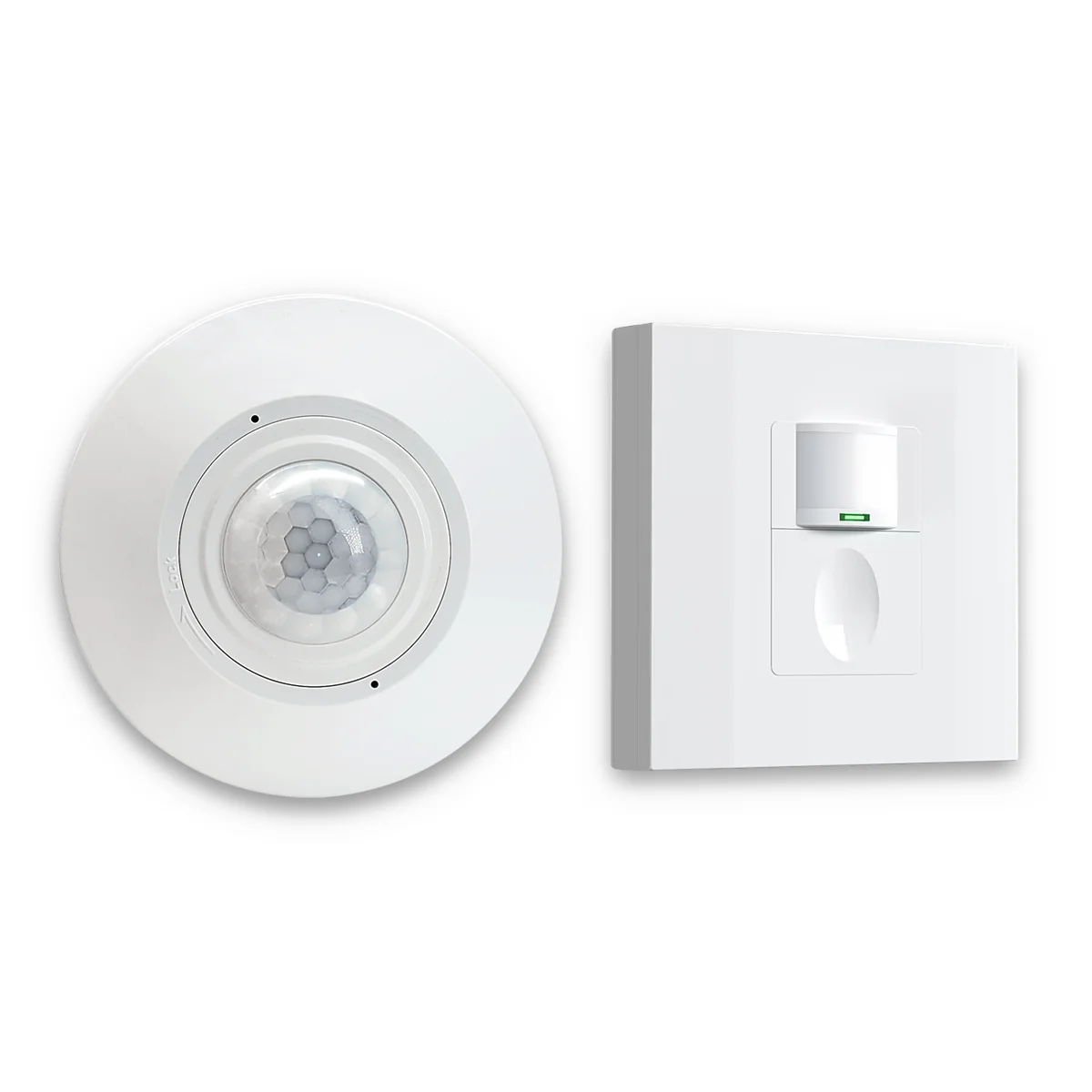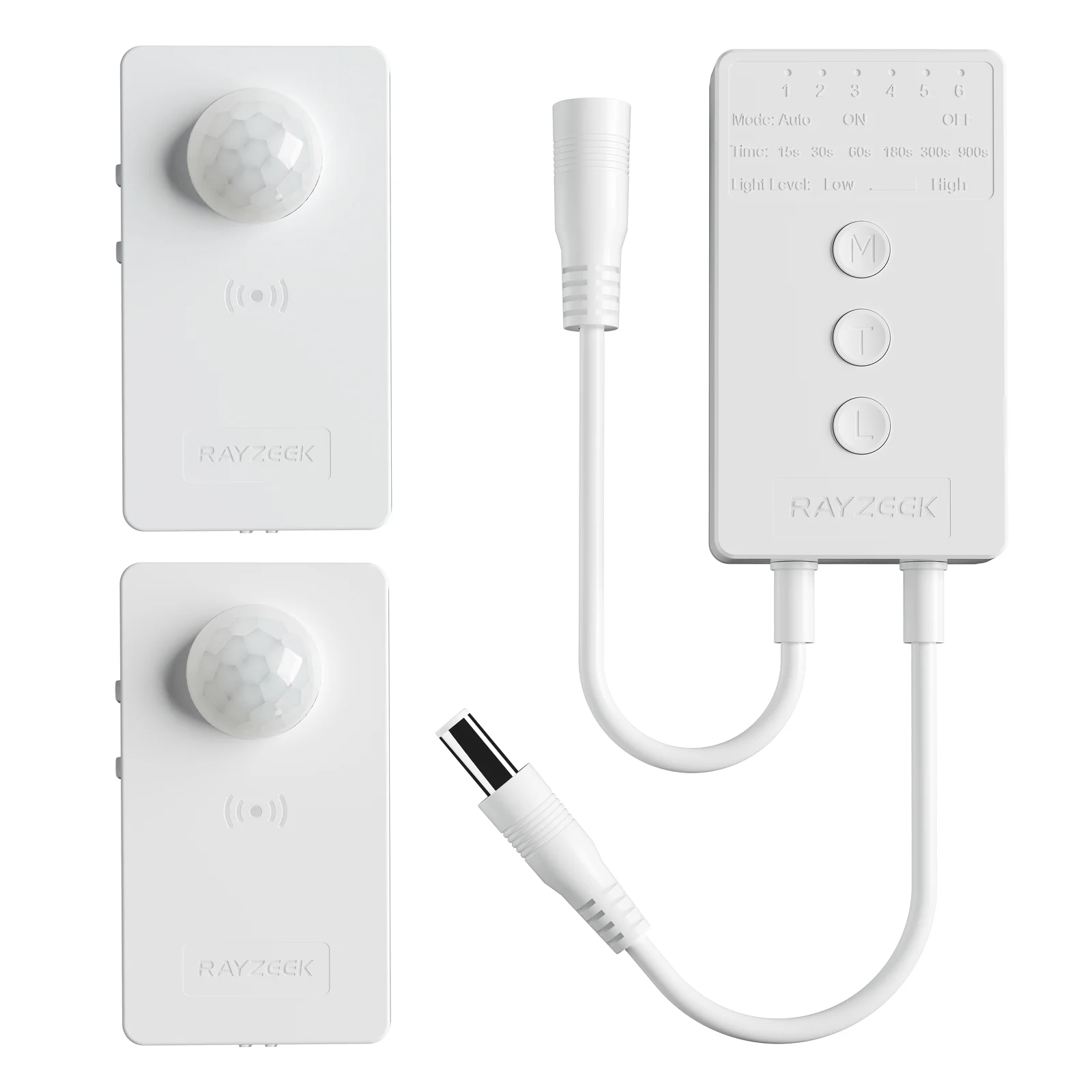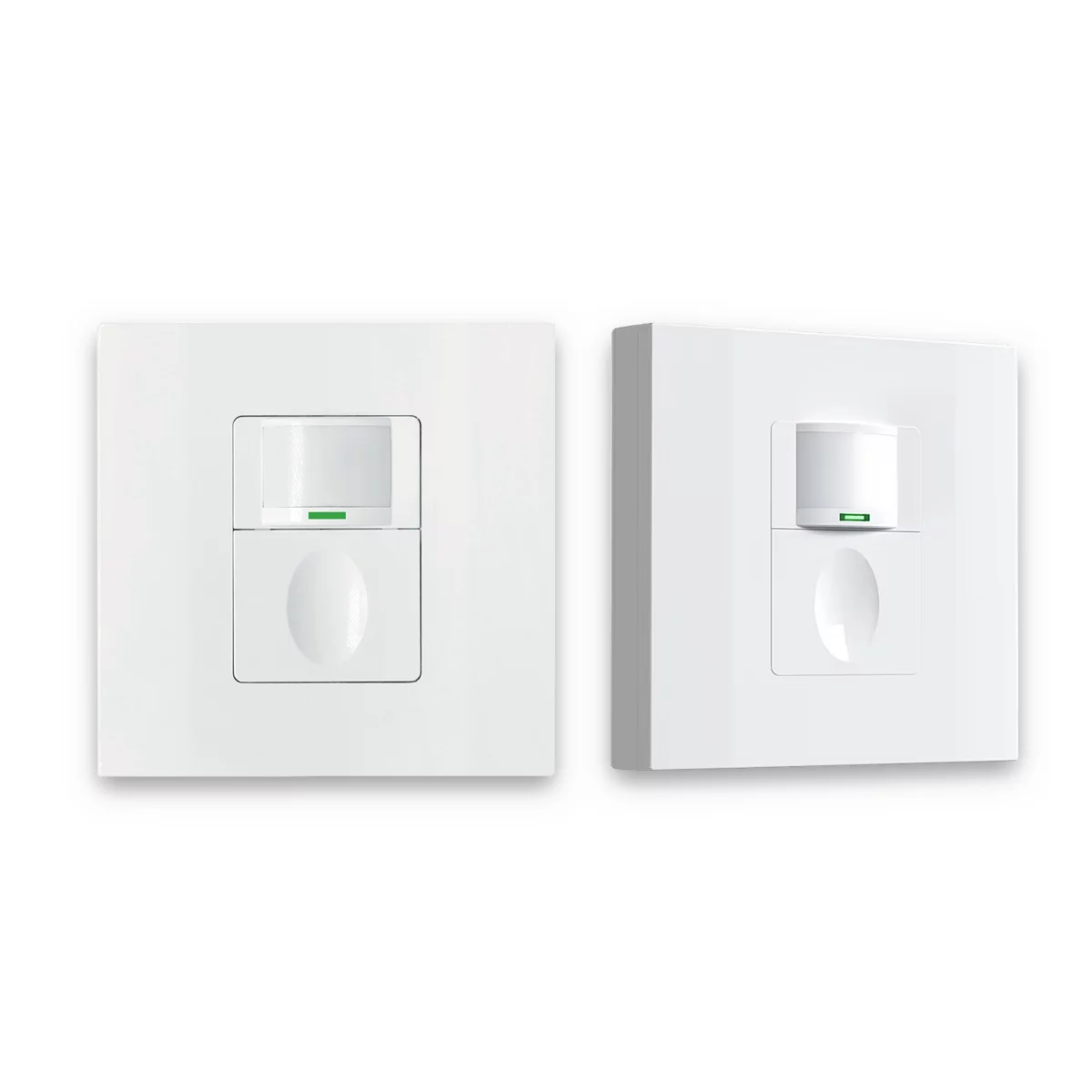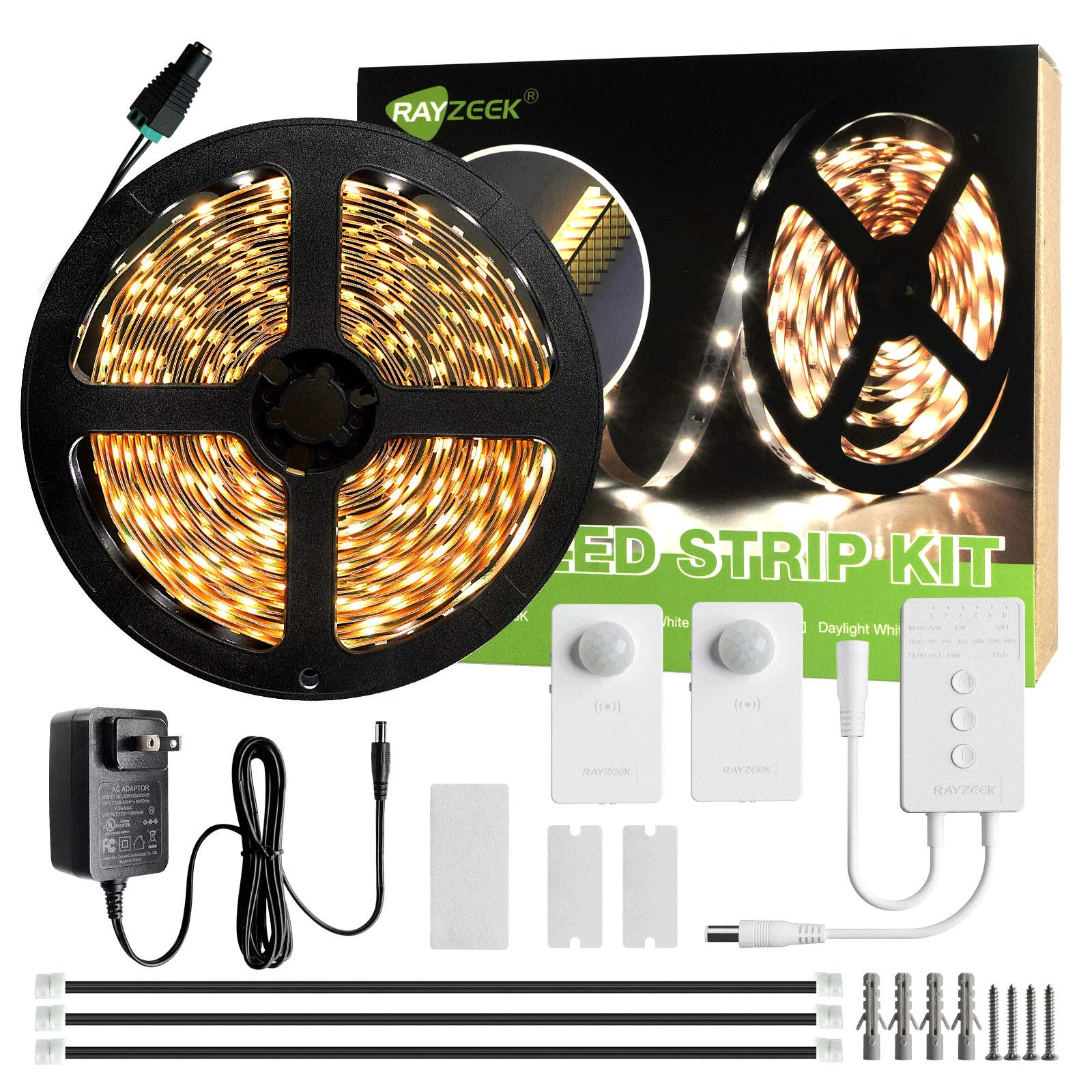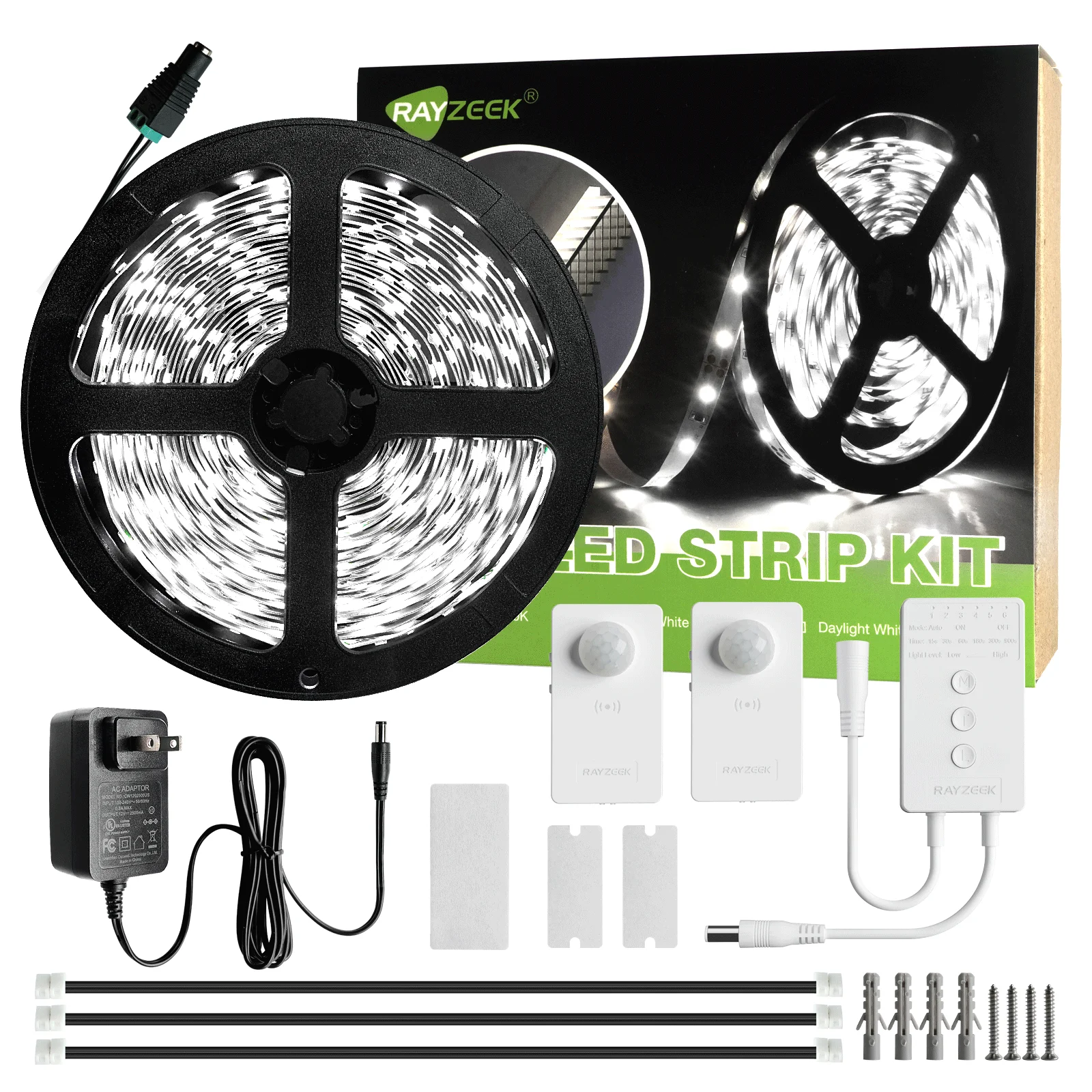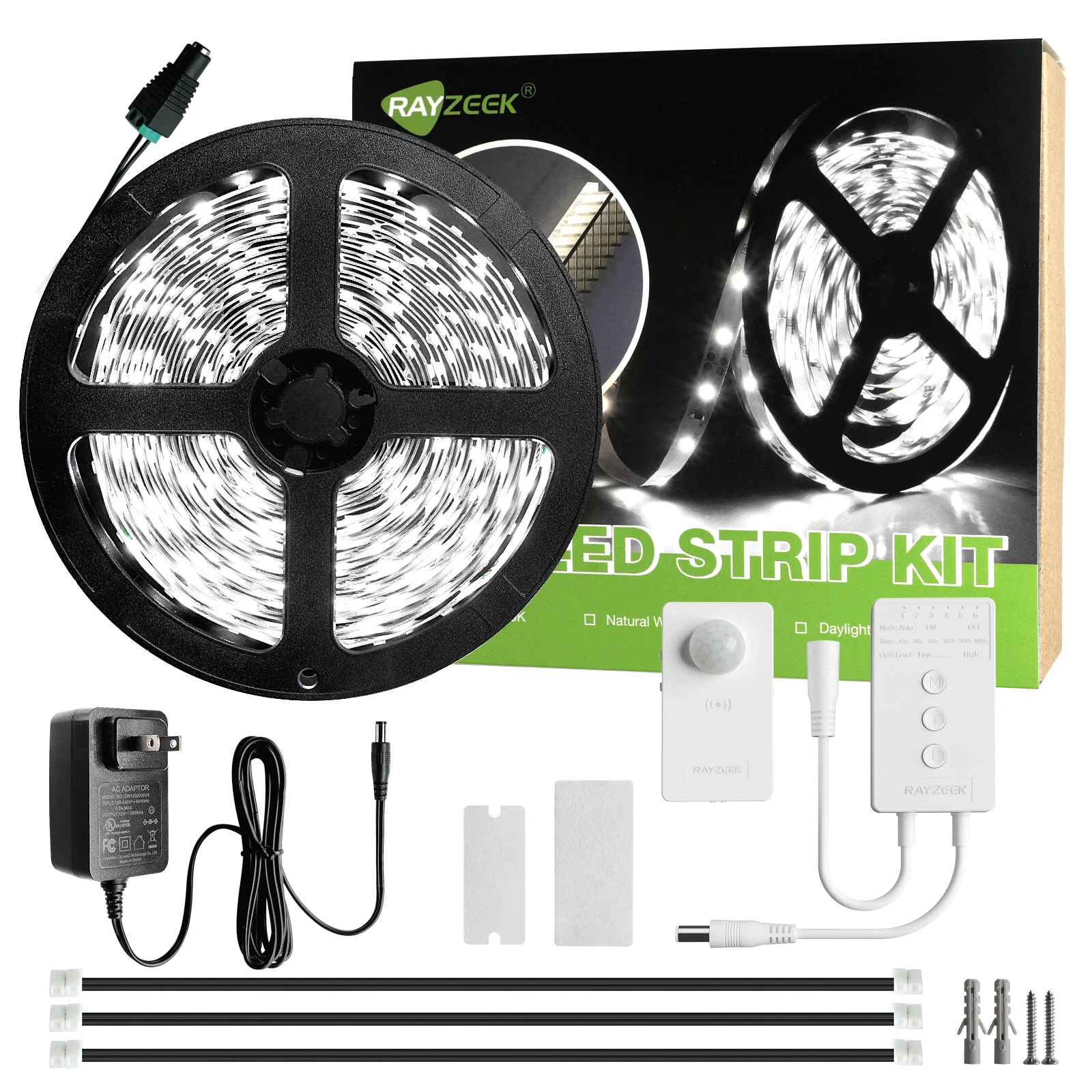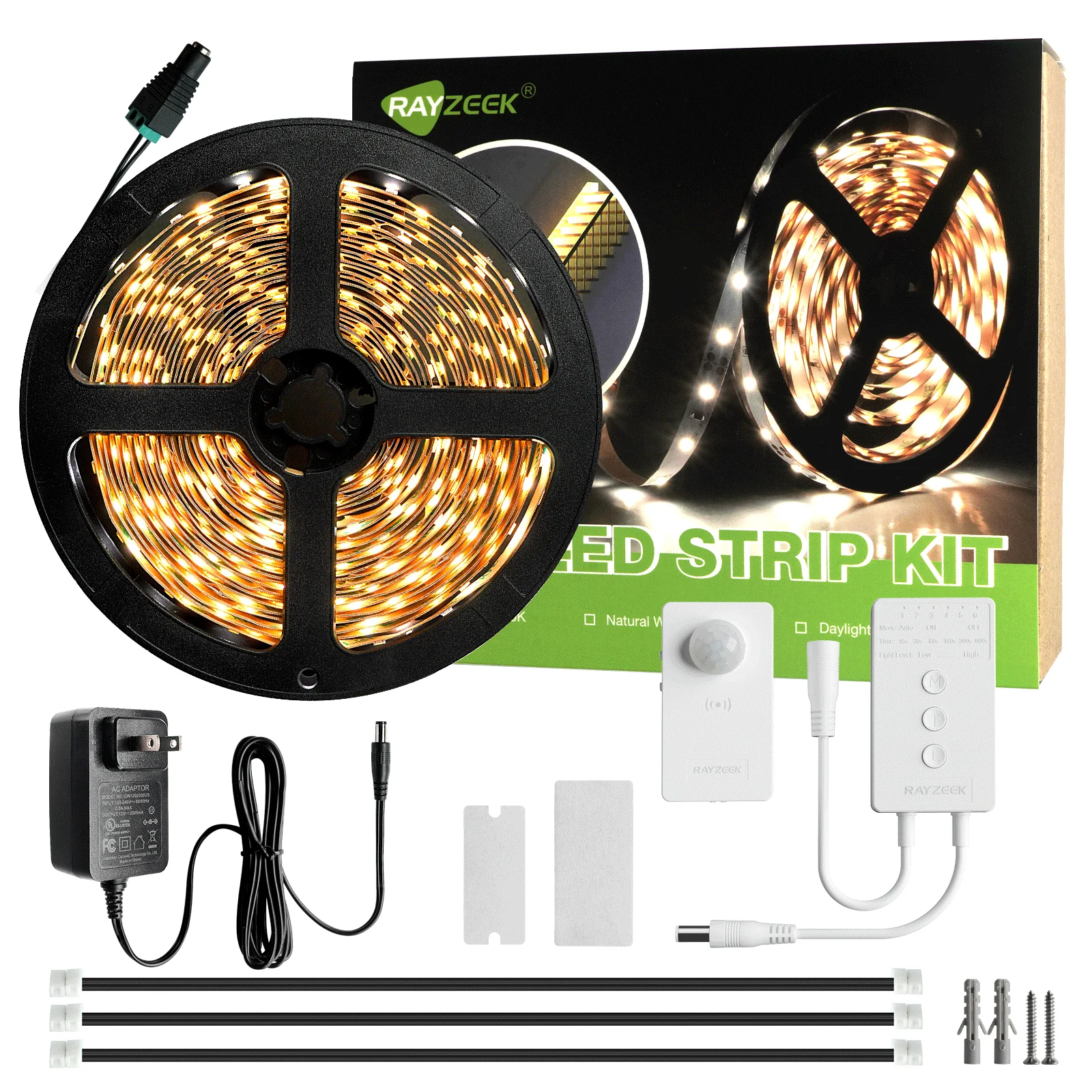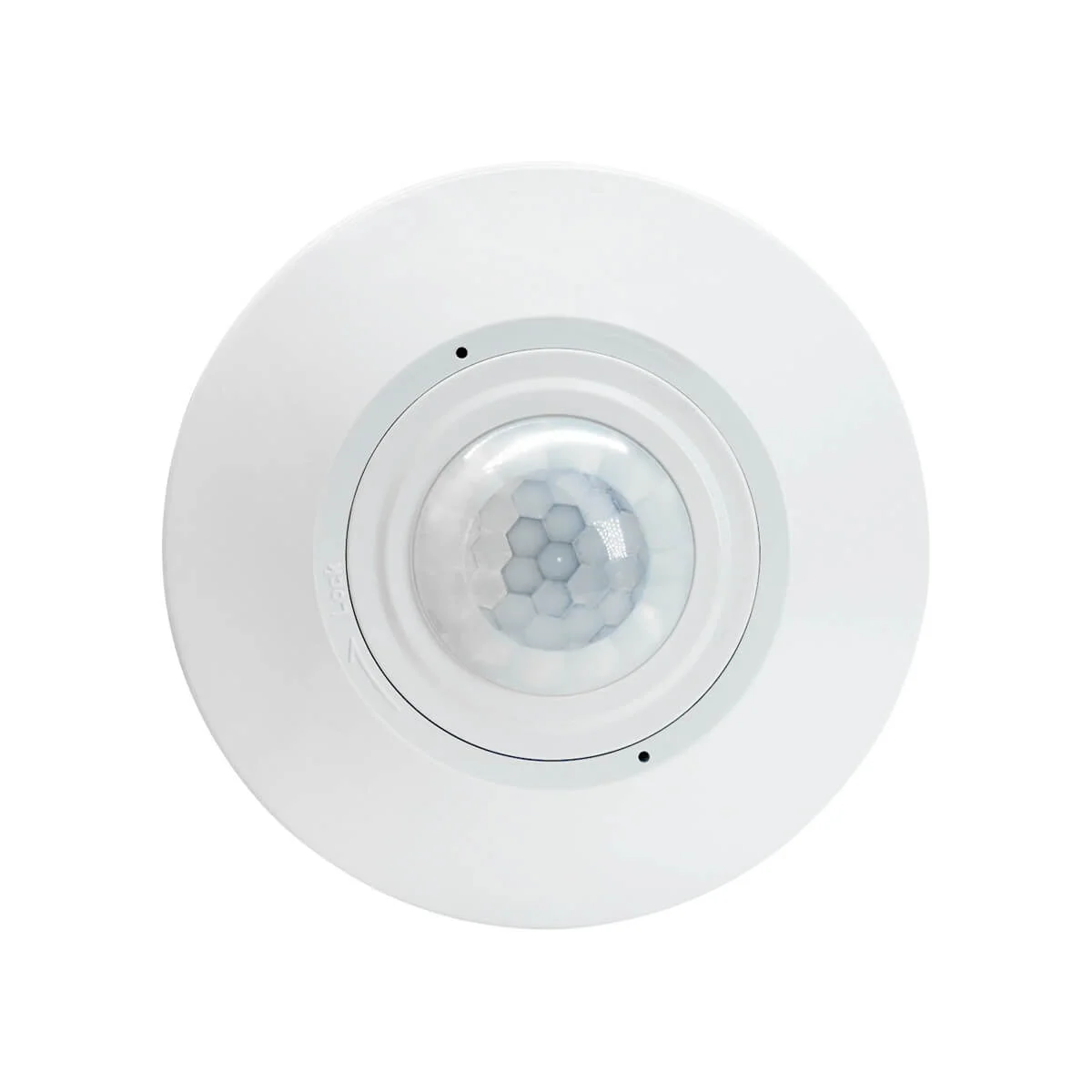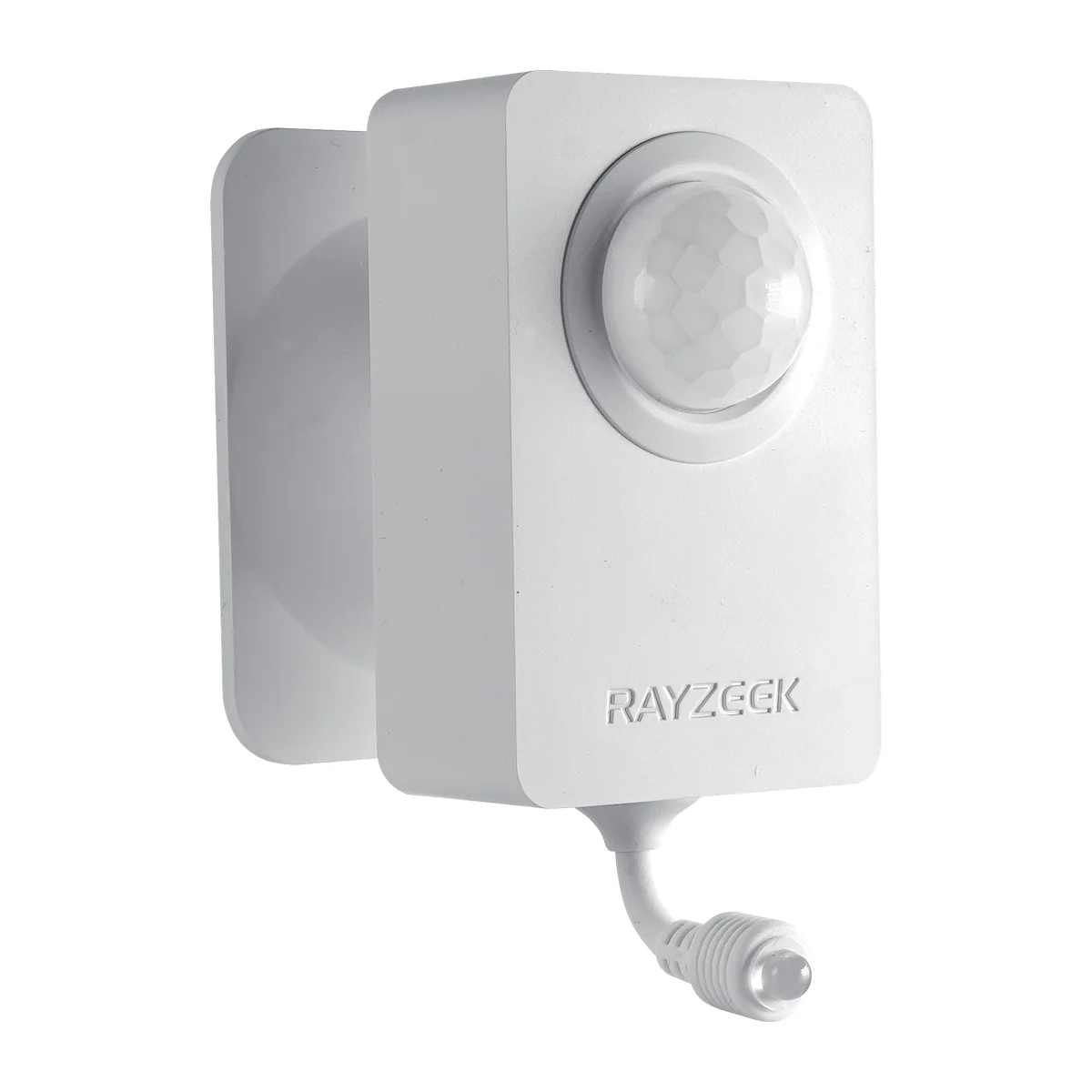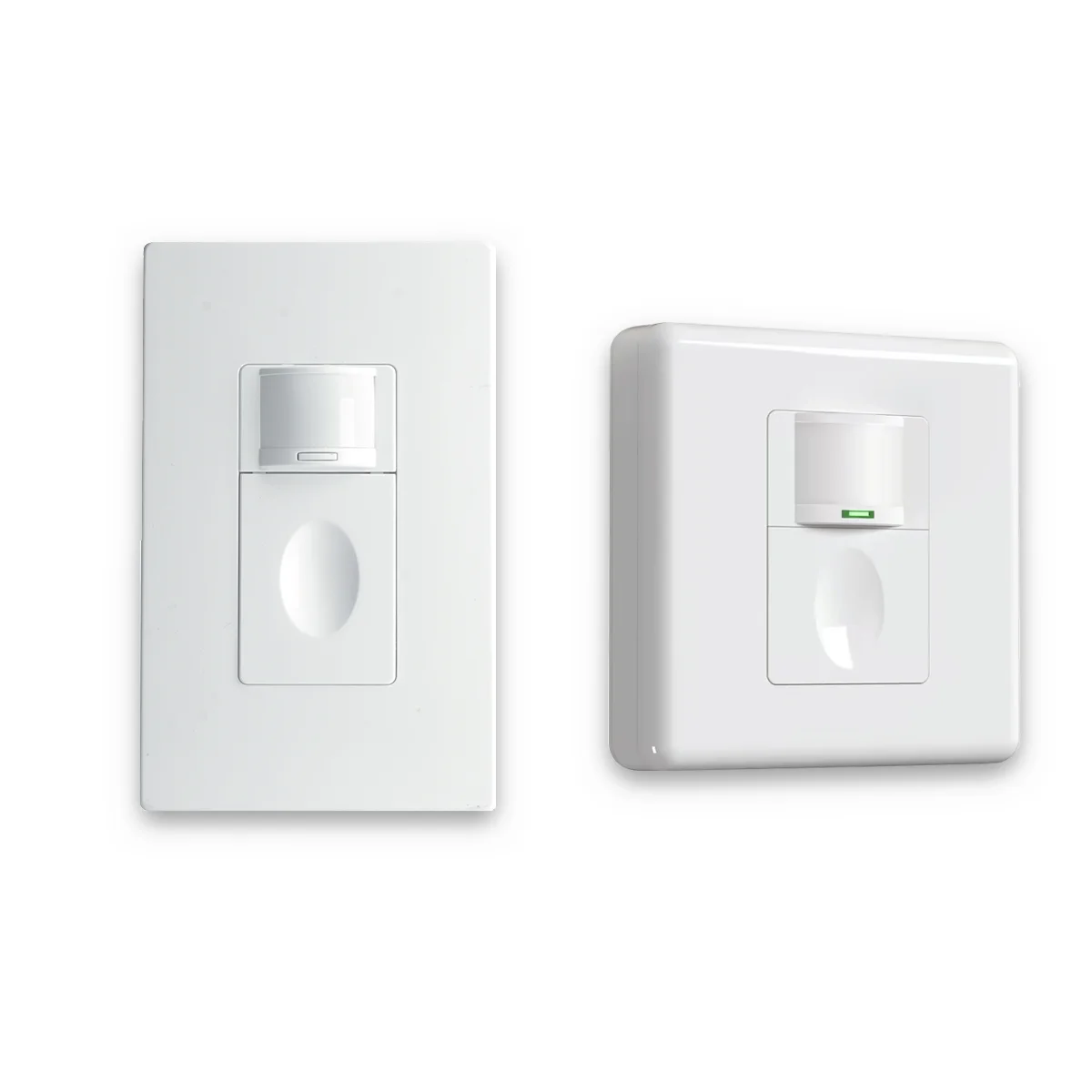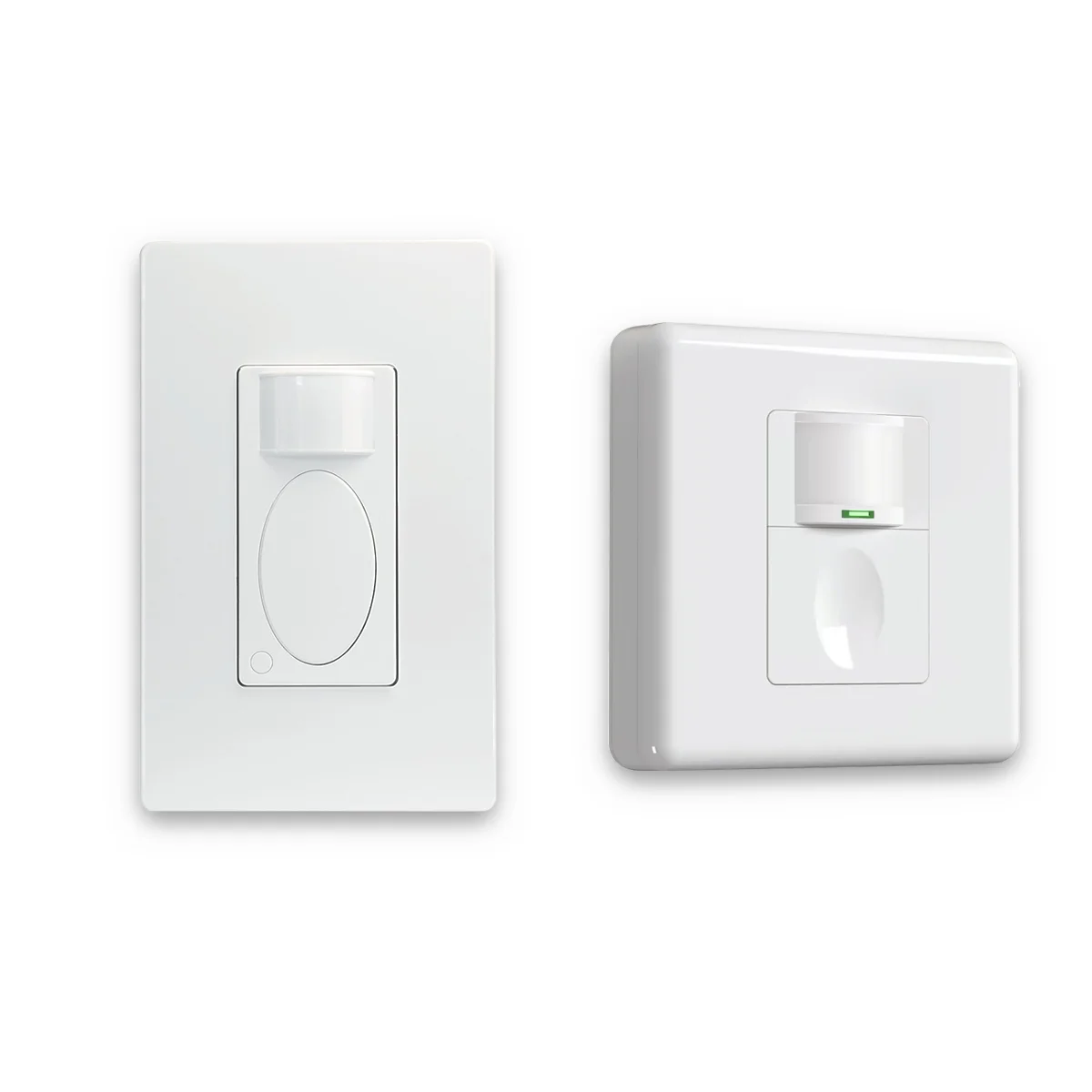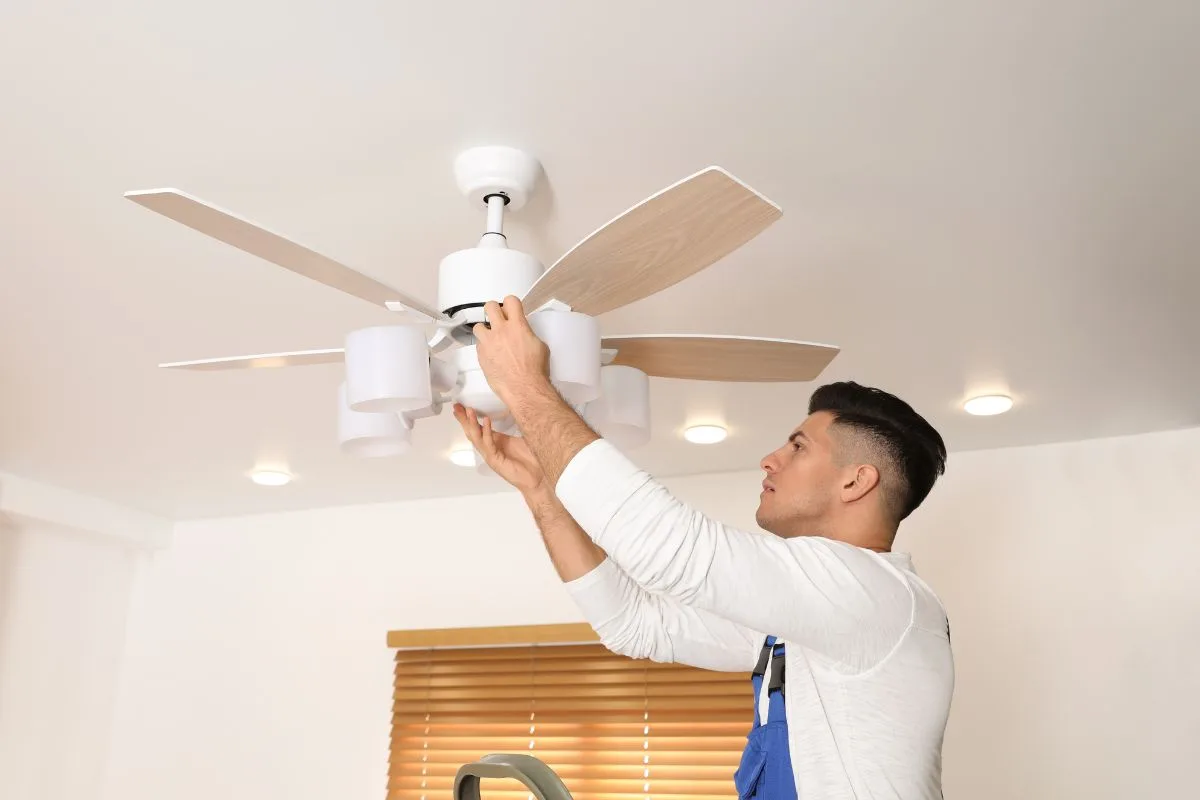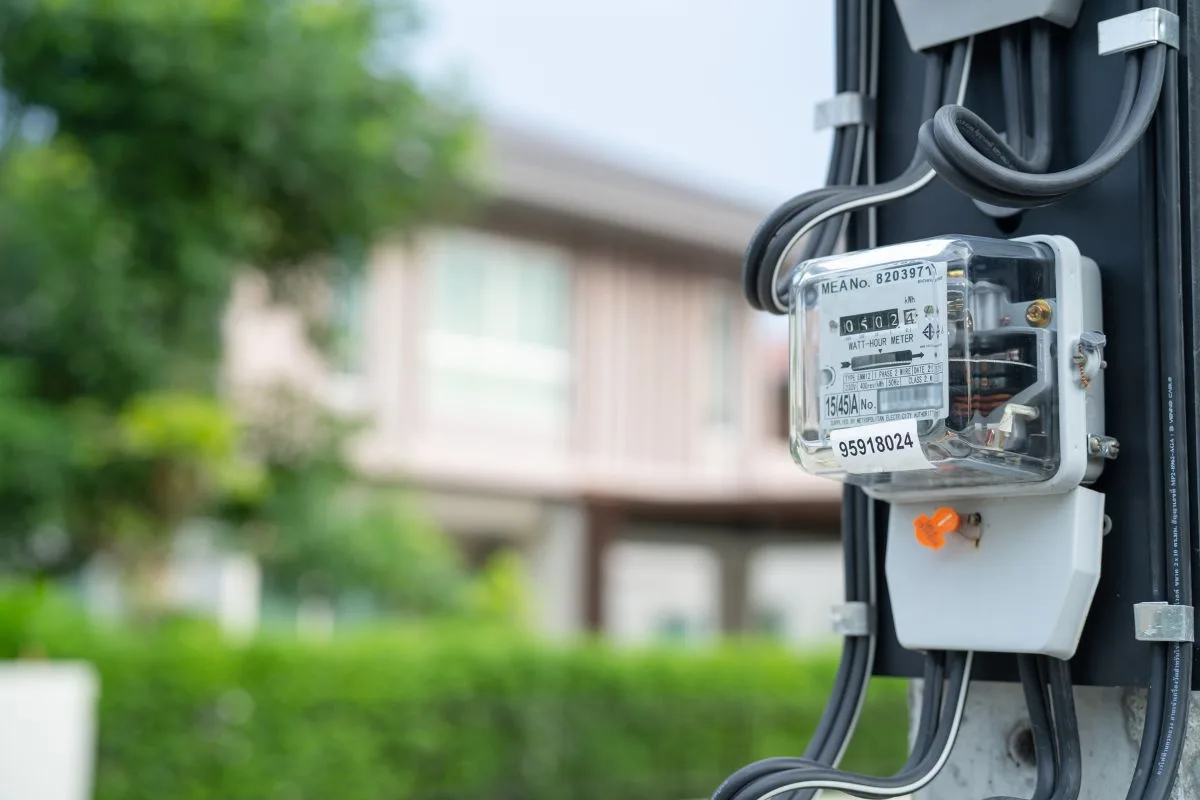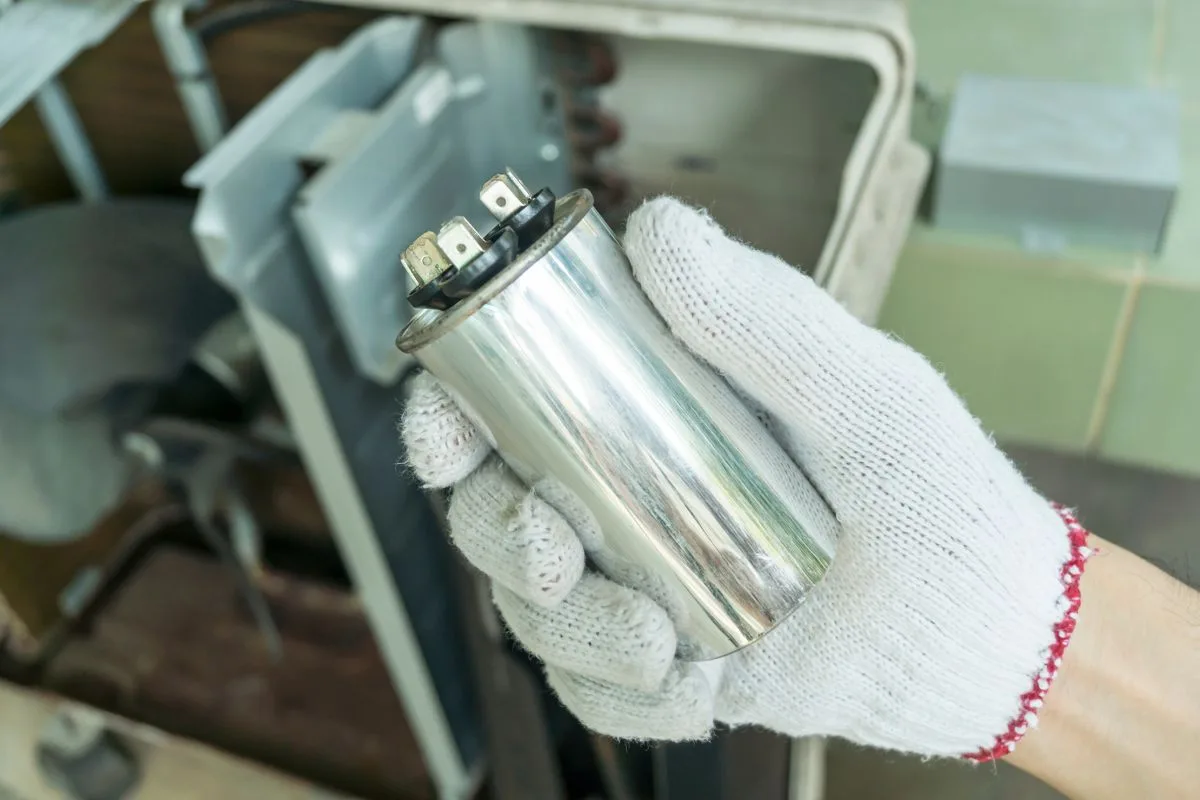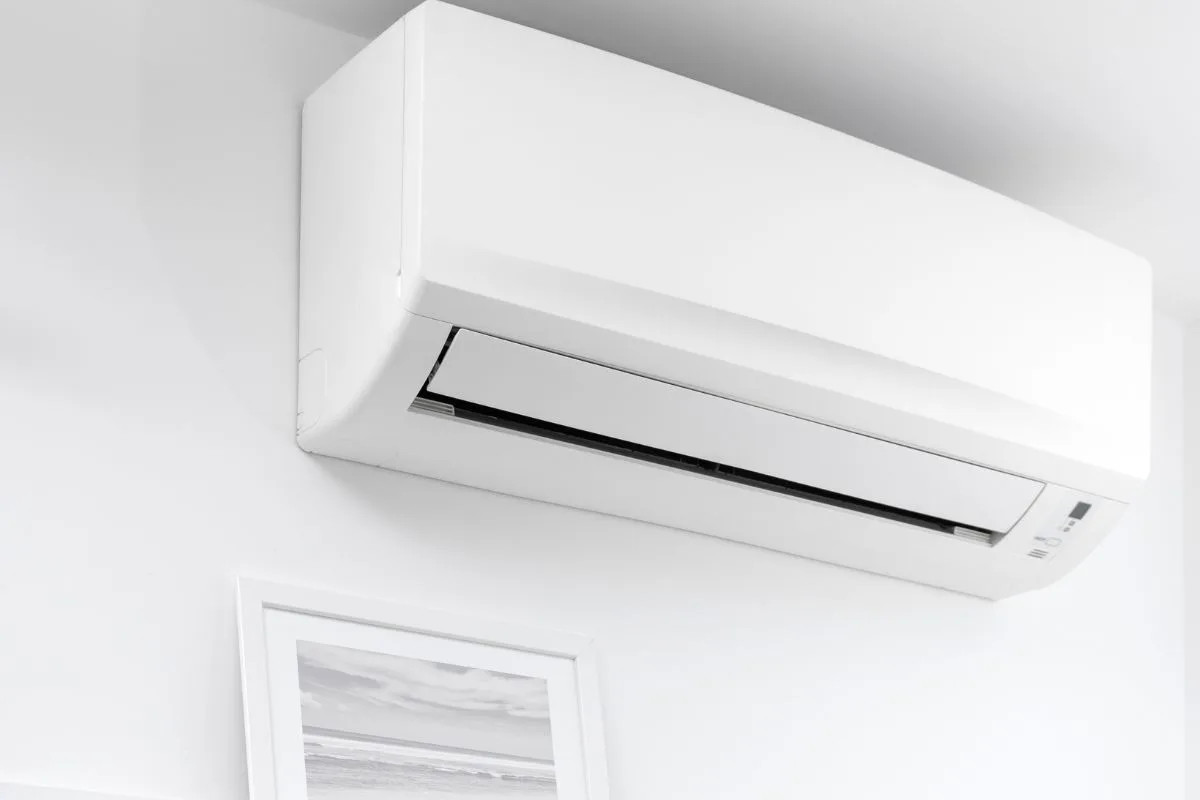Aparatele de aer condiționat sunt esențiale pentru confort pe timp de caniculă, dar uneori pot întâmpina probleme. O problemă frecventă este înghețarea aerului condiționat, când se formează gheață pe serpentinele evaporatorului, împiedicând capacitatea unității de a răci eficient. Acest lucru poate duce la disconfort, facturi mai mari la energie și chiar la deteriorarea sistemului. Acest articol va explora diferitele motive pentru care aparatele de aer condiționat îngheață, acoperind atât cauzele comune pe care proprietarii le pot rezolva singuri, cât și problemele mai complexe care necesită intervenția unui profesionist.
Înțelegerea înghețării AC
Înghețarea aerului condiționat are loc atunci când serpentinele evaporatorului din interiorul sistemului de aer condiționat scad sub nivelul de îngheț (32°F sau 0°C). Acest lucru face ca umiditatea din aerul care trece peste ele să înghețe și să formeze gheață. Această acumulare de gheață restricționează fluxul de aer, reduce capacitatea de răcire și poate deteriora sistemul dacă nu este remediată. Deși punctul de îngheț al apei este un factor critic, temperatura reală la care îngheață o serpentină de aer condiționat poate varia ușor din cauza unor factori precum presiunea aerului și impuritățile din apă. Este important să rețineți că înghețarea este o problemă în primul rând în timpul sezonului de răcire, când aerul condiționat elimină în mod activ căldura și umiditatea din aer.
Identificarea unui aparat de aer condiționat înghețat
V-ați întrebat vreodată de ce aparatul dvs. de aer condiționat nu răcește la fel de bine cum ar trebui? S-ar putea să fie înghețat. Iată câteva semne revelatoare:
- Flux de aer redus: Unul dintre primele semne este o scădere vizibilă a cantității de aer care provine din gurile de ventilație.
- Aer cald: Aerul care iese din gurile de ventilație poate fi mai cald decât de obicei sau nu este rece deloc.
- Gheață pe conductele de agent frigorific: Formarea vizibilă de gheață pe conductele de cupru ale agentului frigorific, în special în apropierea unității interioare, este un indicator clar.
- Scurgeri de apă: Pe măsură ce gheața se topește, aceasta poate provoca scurgeri de apă în jurul unității interioare.
- Zgomote șuierătoare sau bubuitoare: Aceste sunete pot indica o scurgere de agent frigorific, o cauză frecventă a înghețului.
- Ciclism scurt: Unitatea de aer condiționat poate porni și opri mai frecvent decât în mod normal.
- Oprirea sistemului: În unele cazuri, unitatea de aer condiționat poate fi oprită complet pentru a preveni deteriorarea.
Motive comune pentru care aparatele de aer condiționat îngheață
Mai mulți factori pot contribui la înghețarea unei unități de aer condiționat. Să analizăm câteva dintre cele mai frecvente cauze:
Filtru de aer murdar sau înfundat
Aceasta este probabil cea mai frecventă și ușor de prevenit cauză a înghețării aerului condiționat. Un filtru de aer murdar restricționează fluxul de aer peste serpentinele evaporatorului. Fluxul redus de aer împiedică serpentinele să absoarbă suficientă căldură, determinând scăderea temperaturii acestora sub nivelul de îngheț. Proprietarii de locuințe ar trebui să verifice și să înlocuiască filtrele de aer la fiecare 1-3 luni, în funcție de utilizare și de tipul filtrului. Ratingul MERV (Minimum Efficiency Reporting Value) al unui filtru indică capacitatea acestuia de a capta particule de diferite dimensiuni. Un rating MERV mai ridicat înseamnă o filtrare mai bună, dar poate restricționa și fluxul de aer dacă filtrul nu este schimbat suficient de frecvent.
Niveluri scăzute de refrigerant
Refrigerantul este elementul vital al sistemului dvs. de aer condiționat, absorbind și eliberând căldură pentru a vă răci locuința. Nivelurile scăzute de agent frigorific înseamnă că nu există suficient agent frigorific pentru a absorbi eficient căldura. Acest lucru face ca presiunea din serpentinele evaporatorului să scadă, ducând la o scădere corespunzătoare a temperaturii, un fenomen cunoscut sub numele de efectul Joule-Thomson. Nivelul scăzut de agent frigorific este de obicei cauzat de o scurgere undeva în sistem. Scurgerile pot apărea în conductele de agent frigorific, serpentine sau conexiuni. Este esențial să rețineți că numai un profesionist autorizat în domeniul HVAC ar trebui să manipuleze agentul frigorific.
Bobine ale condensatorului blocate
Serpentinele condensatorului, situate în unitatea exterioară, sunt responsabile pentru eliberarea căldurii absorbite de agentul frigorific. Dacă aceste serpentine sunt blocate de murdărie, resturi sau vegetație, acestea nu pot elibera căldura în mod eficient. Acest lucru poate face ca agentul frigorific să rămână prea rece atunci când se întoarce la unitatea interioară, ducând la înghețarea serpentinei evaporatorului. Pentru a preveni acest lucru, serpentinele condensatorului trebuie curățate cel puțin o dată pe an.
Motorul suflantei funcționează defectuos
Motorul suflantei joacă un rol esențial în circulația aerului peste serpentinele evaporatorului. Dacă acesta nu funcționează corect - funcționează prea încet sau nu funcționează deloc - fluxul de aer va fi redus. În consecință, serpentinele se pot răci prea tare și pot îngheța. Problemele motorului suflantei pot proveni din probleme electrice, un condensator defect sau un motor uzat.
Probleme legate de termostat
Este posibil ca un termostat defect să nu detecteze cu exactitate temperatura camerei sau să nu semnalizeze corect pornirea și oprirea unității de aer condiționat. De exemplu, dacă termostatul este setat prea jos sau solicită constant răcire, unitatea de aer condiționat poate funcționa continuu, crescând riscul de îngheț. Problemele termostatului pot fi cauzate de cabluri defecte, probleme de calibrare sau de o baterie descărcată în cazul termostatelor alimentate cu baterii.
Sistem de drenaj înfundat sau instalat necorespunzător
Pe măsură ce aparatul dvs. de aer condiționat răcește aerul, acesta elimină și umezeala, care se condensează pe serpentinele evaporatorului. Această apă condensată se scurge în mod normal printr-o conductă de scurgere. Cu toate acestea, dacă linia de scurgere este înfundată sau instalată necorespunzător, apa se poate acumula și îngheța pe serpentine. Conductele de scurgere pot fi înfundate cu alge, murdărie sau resturi.
Riscurile potențiale ale unui aer condiționat înghețat
Un aparat de aer condiționat înghețat este mai mult decât un simplu inconvenient; acesta poate prezenta mai multe riscuri:
- Capacitate de răcire redusă: Un aer condiționat înghețat nu poate răci aerul în mod eficient, lăsându-vă inconfortabil.
- Consum sporit de energie: Sistemul funcționează mai greu, dar asigură mai puțină răcire, ceea ce duce la facturi mai mari la energie.
- Deteriorarea compresorului: Funcționarea sistemului de aer condiționat în timp ce acesta este înghețat poate supune compresorul unui efort suplimentar, putând provoca supraîncălzirea și defectarea acestuia. Compresorul este cea mai scumpă piesă a unui sistem de aer condiționat care trebuie înlocuită.
- Deteriorarea apei: Topirea gheții poate provoca daune provocate de apă în zona înconjurătoare.
- Scurgeri de agent frigorific: Expansiunea și contracția cauzate de îngheț și dezgheț pot agrava scurgerile de agent frigorific existente sau pot crea altele noi.
- Pericole pentru siguranță: În cazuri rare, un curent alternativ înghețat poate prezenta pericole electrice.
Diagnosticare și reparații avansate
Pentru profesioniștii și cercetătorii cu experiență în domeniul HVAC, înțelegerea principiilor de bază și a tehnicilor avansate de diagnosticare este esențială.
Termodinamica înghețării AC
The Efectul Joule-Thomson este un principiu fundamental care explică modul în care expansiunea unui gaz, precum agentul frigorific, determină o scădere a temperaturii. Atunci când agentul frigorific se dilată în serpentinele evaporatorului, acesta absoarbe căldura din aerul înconjurător. Dacă presiunea scade prea mult din cauza unui nivel scăzut al agentului frigorific sau a altor probleme, temperatura poate scădea sub nivelul de îngheț.
Diferite agenți frigorifici au diferite puncte de fierbere și relații presiune-temperatură. De exemplu, R-410A, un agent frigorific obișnuit, are un punct de fierbere mai scăzut decât agenții frigorifici mai vechi, cum ar fi R-22, ceea ce îl face mai susceptibil de a provoca îngheț dacă sistemul nu este încărcat corespunzător.
Supraîncălzirea și subrăcirea sunt măsurători importante utilizate de tehnicienii HVAC pentru a evalua performanța unui sistem de aer condiționat. Supraîncălzirea este diferența de temperatură dintre vaporii agentului frigorific și temperatura sa de saturație la ieșirea din evaporator. Subrăcirea este diferența de temperatură dintre lichidul refrigerant și temperatura sa de saturație la ieșirea condensatorului. Supraîncălzirea sau subrăcirea incorectă pot indica probleme care pot duce la îngheț.
Căutați soluții de economisire a energiei activate prin mișcare?
Contactați-ne pentru senzori de mișcare PIR complecși, produse de economisire a energiei activate de mișcare, întrerupătoare cu senzor de mișcare și soluții comerciale de ocupare/vacanță.
Detectarea și repararea scurgerilor de agent frigorific
Mai multe metode sunt utilizate pentru detectarea scurgerilor de agent frigorific:
Detectoare electronice de scurgeri sunt dispozitive care pot detecta prezența gazelor refrigerante în aer. O altă tehnică implică utilizarea Colorant UV, în care se adaugă un colorant special în agentul frigorific și se utilizează o lumină UV pentru a inspecta vizual scurgerile. Testarea presiunii este o altă metodă comună. Sistemul este presurizat cu azot, iar un manometru este utilizat pentru a monitoriza orice pierdere de presiune, indicând o scurgere. În cele din urmă, se testul cu bule de săpun este o metodă simplă, dar eficientă. O soluție de săpun se aplică în zonele suspecte de scurgeri, iar dacă există o scurgere se vor forma bule.
Repararea scurgerilor implică adesea înlocuirea componentei care prezintă scurgerea (de exemplu, o secțiune a conductei de agent frigorific sau un serpentin) și apoi reîncărcarea sistemului cu cantitatea corectă de agent frigorific.
Evaluarea și abordarea sănătății compresorului
Evenimentele repetate de îngheț pot cauza supraîncălzirea compresorului, ceea ce duce la uzură, rupere și eventual defectare. Măsurarea curentului electric trase de compresor poate indica dacă acesta lucrează prea mult. Zgomote neobișnuite de la compresor, cum ar fi măcinarea sau scârțâitul, poate indica o deteriorare internă. Examinarea uleiului compresorului pentru depistarea semnelor de contaminare sau degradare poate oferi informații despre starea sa de sănătate. În cele din urmă, o test de compresie poate măsura capacitatea compresorului de a comprima agentul frigorific, contribuind la determinarea eficienței acestuia.
Testarea și repararea componentelor electrice
Condensatoare sunt componente electrice care ajută la pornirea și funcționarea motorului suflantei și a compresorului. Un condensator defect poate împiedica funcționarea corectă a acestor componente, ducând la îngheț. Relee și contactoare sunt comutatoare care controlează fluxul de electricitate către diverse componente. Un releu sau un contactor care funcționează defectuos poate determina funcționarea neregulată a sistemului. Cablaj slăbit sau deteriorat pot perturba semnalele electrice din cadrul sistemului de aer condiționat, ducând la diverse probleme, inclusiv la îngheț.
Rolul TXV-urilor și EEV-urilor în prevenirea înghețului
Valve de expansiune termostatică (TXV) și Valve electronice de expansiune (EEV) joacă un rol crucial în prevenirea înghețării AC.
TXV-uri reglează debitul de agent frigorific în serpentina evaporatorului în funcție de temperatura agentului frigorific care părăsește serpentina (supraîncălzire). Acestea ajută la menținerea fluxului optim de agent frigorific și previn răcirea excesivă a serpentinei.
EEV-uri utilizează senzori și un microprocesor pentru a controla mai precis debitul de agent frigorific. Acestea pot reacționa mai rapid la schimbările de sarcină și sunt, în general, mai eficiente decât TXV-urile.
Inspiră-te din portofoliile senzorilor de mișcare Rayzeek.
Nu găsești ceea ce vrei? Nu vă faceți griji. Există întotdeauna modalități alternative de a vă rezolva problemele. Poate că unul dintre portofoliile noastre vă poate ajuta.
Avantajele vehiculelor electrice ecologice includ un timp de răspuns mai rapid, o precizie mai mare, o mai bună adaptabilitate la sarcini variabile și o eficiență energetică îmbunătățită. Cu toate acestea, ele sunt mai complexe și mai scumpe decât TXV-urile și sunt mai sensibile la problemele electrice.
Avantajele TXV-urilor sunt simplitatea, costul redus și fiabilitatea în anumite aplicații. Dezavantajele lor includ un timp de răspuns mai lent, o precizie mai mică decât a EEV-urilor și o adaptabilitate mai redusă la sarcini variabile.
Cum să reparați un aparat de aer condiționat înghețat
Dacă vă îngheață aparatul de aer condiționat, iată ce puteți face:
Decongelarea în siguranță a unei unități de aer condiționat înghețate
- Opriți aerul condiționat: Opriți imediat unitatea de aer condiționat la termostat și la întrerupătorul de circuit.
- Porniți ventilatorul: Comutați termostatul în modul "doar ventilator" pentru a ajuta la topirea gheții prin circulația aerului.
- Lăsați timp să se dezghețe: Poate dura câteva ore până când gheața se topește complet. Aveți răbdare.
- Nu utilizați obiecte ascuțite: Evitați să folosiți obiecte ascuțite pentru a sparge gheața, deoarece acest lucru poate deteriora serpentinele delicate.
- Inspectați dacă există deteriorări: Odată ce gheața s-a topit, inspectați serpentinele și alte componente pentru a depista orice semn de deteriorare.
Curățarea sau înlocuirea filtrelor de aer
Localizați filtrul de aer, de obicei în spatele grilei de retur a aerului. Scoateți filtrul și inspectați-l. Dacă este murdar, înlocuiți-l cu un filtru nou de aceeași dimensiune și tip. Dacă utilizați un filtru reutilizabil, curățați-l în conformitate cu instrucțiunile producătorului.
Curățarea bobinelor condensatorului
În primul rând, opriți alimentarea unității exterioare la întrerupătorul de circuit. Îndepărtați orice resturi din jurul unității. Utilizați un furtun de grădină cu o duză de pulverizare pentru a spăla ușor bobinele din exterior. Pentru serpentinele foarte murdare, luați în considerare utilizarea unui detergent comercial pentru serpentine.
Inspectarea și repararea motorului ventilatorului
Accesați motorul suflantei, situat de obicei în interiorul unității interioare. Inspectați motorul și componentele acestuia pentru a detecta orice semne de deteriorare sau uzură. Verificați condensatorul cu ajutorul unui multimetru. Dacă motorul nu funcționează sau face zgomote neobișnuite, este posibil să fie necesar să fie înlocuit.
Calibrarea sau înlocuirea termostatului
Verificați bateriile termostatului (dacă este cazul) și înlocuiți-le dacă este necesar. Asigurați-vă că termostatul este setat la temperatura dorită și este în modul "rece". Dacă termostatul nu răspunde corect, este posibil să trebuiască să fie recalibrat sau înlocuit.
Curățarea conductelor de scurgere
Localizați linia de scurgere a condensului, de obicei o țeavă din PVC în apropierea unității interioare. Inspectați linia de scurgere pentru a depista eventuale înfundări. Puteți utiliza un aspirator umed/uscat pentru a îndepărta eventualele blocaje. Pentru a preveni creșterea algelor, turnați o soluție de înălbitor și apă pe linia de scurgere.
Poate sunteți interesat de
Prevenirea înghețării aparatului de aer condiționat
Prevenirea este întotdeauna mai bună decât vindecarea. Iată cum puteți preveni înghețarea aerului condiționat:
Importanța întreținerii regulate
Întreținerea regulată poate ajuta la prevenirea multor probleme comune ale sistemului de aer condiționat, inclusiv a înghețului. Programați întreținerea profesională cel puțin o dată pe an, de preferință primăvara, înainte de începerea sezonului de răcire. Nu uitați să schimbați filtrele de aer în mod regulat (la fiecare 1-3 luni) și să mențineți unitatea exterioară curată și lipsită de resturi.
În plus față de acești pași esențiali, luați în considerare încorporarea în rutina dvs. de întreținere a unor soluții inteligente precum senzorul de mișcare pentru aparatul de aer condiționat Rayzeek RZ050. Acest dispozitiv inovator oprește automat aerul condiționat atunci când o cameră este neocupată, prevenind funcționarea inutilă care poate contribui la probleme de îngheț. RZ050 este ușor de instalat și funcționează cu majoritatea unităților de aer condiționat split controlate de la distanță, oferind o modalitate simplă, dar eficientă de a spori eficiența și longevitatea aerului condiționat. Acesta învață comanda "OFF" a telecomenzii AC și trimite același semnal pentru a se asigura că unitatea AC este oprită corespunzător atunci când nu este necesară, economisind energie și reducând uzura. Prin gestionarea proactivă a utilizării aerului condiționat cu RZ050, puteți minimiza riscul de îngheț și vă puteți bucura de o experiență de răcire mai confortabilă și mai rentabilă.
RZ050 - Senzor de mișcare pentru aparatul de aer condiționat
Preveniți înghețarea aerului condiționat și economisiți energie
- Oprește automat aerul condiționat atunci când părăsiți camera.
- Instalare DIY ușoară - nu este necesară cablarea.
- Modul de noapte asigură un somn neîntrerupt.
Setări optime ale termostatului pentru prevenirea înghețului
Evitați setarea termostatului la un nivel prea scăzut, în special în timpul vremii foarte calde și umede. O setare de 25°C (78°F) este în general recomandată pentru eficiență energetică și confort. Luați în considerare utilizarea unui termostat programabil pentru a regla automat temperatura în funcție de programul dumneavoastră.
Asigurarea unui flux de aer adecvat
Asigurați-vă că toate gurile de aerisire sunt deschise și neobstrucționate. Țineți mobila și alte obiecte departe de grilele de aer de retur. Asigurați-vă că unitatea exterioară are un spațiu liber adecvat în jurul său pentru un flux de aer corespunzător.
Când să apelați la inspecția și service-ul profesional AC
În timp ce multe probleme pot fi rezolvate de proprietarii de locuințe, anumite situații necesită ajutor profesional. Ar trebui să apelați la un tehnician HVAC calificat dacă:
- Suspectați o scurgere de refrigerant.
- Motorul suflantei funcționează defectuos.
- Unitatea de aer condiționat nu răcește corespunzător, în ciuda întreținerii regulate.
- Nu vă simțiți confortabil să efectuați singur niciunul dintre pașii de depanare sau reparație.
- Pentru întreținerea preventivă anuală.
Înțelegând cauzele și consecințele înghețării aerului condiționat și luând măsuri preventive, vă puteți asigura că aparatul dvs. de aer condiționat funcționează eficient și vă menține răcoros pe tot parcursul verii. Nu uitați, un pic de întreținere ajută mult la prevenirea reparațiilor costisitoare și la asigurarea confortului dumneavoastră.

